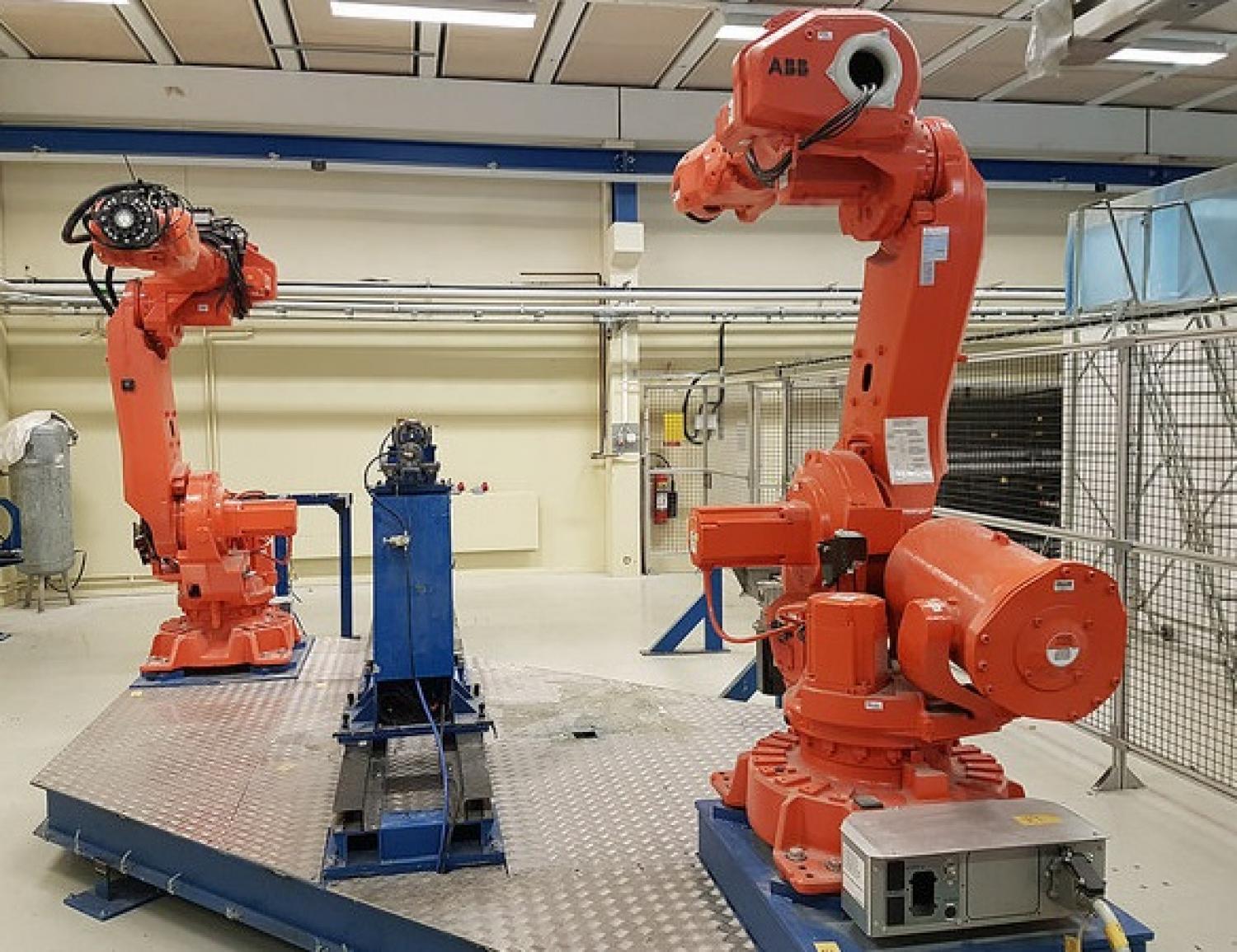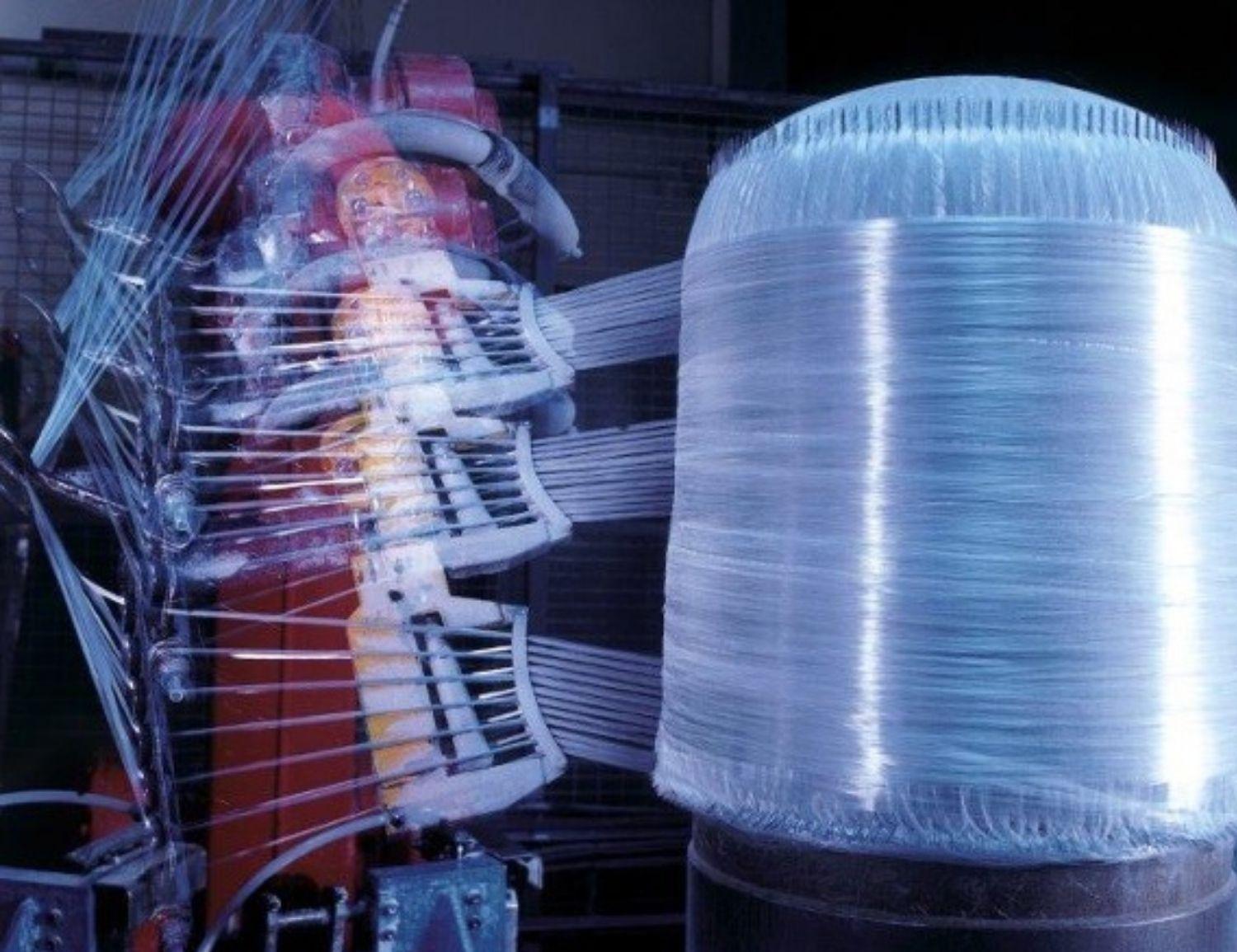The sustainable materials of the future
Fiber composites offer versatile solutions that can meet a wide range of product requirements while production processes continue to advance, becoming both smarter and more sustainable.

The benefits of fiber composites
Fiber composites offer numerous advantages. Their unique combination of stiffness and strength with low weight makes them ideal for applications across various industries, including aerospace, automotive, marine, wind energy, sports, and protective equipment. In transportation, lightweight composite structures help reduce vehicle weight and fuel consumption in traditional engines or increase range for electric vehicles. Composites also allow for greater design flexibility, enabling large, low-maintenance components with reduced corrosion risk. Looking ahead, future composites will be increasingly bio-based and multifunctional, integrating capabilities like energy storage, built-in sensors, and adaptive shape-shifting to meet diverse performance needs.

Challenges
Today’s composites are often manufactured from materials derived from non-renewable resources. Transitioning to bio-based alternatives is essential to meet future sustainability goals. Recycling also presents a significant challenge, particularly with the diverse components within fiber composites. Composites are frequently used in combination with other materials, making recycling complex. Achieving a truly circular economy requires effective solutions for recycling all components, from fibers to resins and the materials combined with composites, so that the entire lifecycle aligns with sustainable practices.

Specific properties of fibre composites
With the right material selection, fiber composites can be tailored to meet diverse functional needs. They can insulate or conduct electricity, provide thermal insulation, or retain warmth—qualities that make them suitable for a wide range of applications. For instance, fiber composites used in hand tools for cold climates offer a warmer touch compared to metal, improving comfort and usability. These adaptable properties make fiber composites a versatile choice across industries with specific technical demands.



